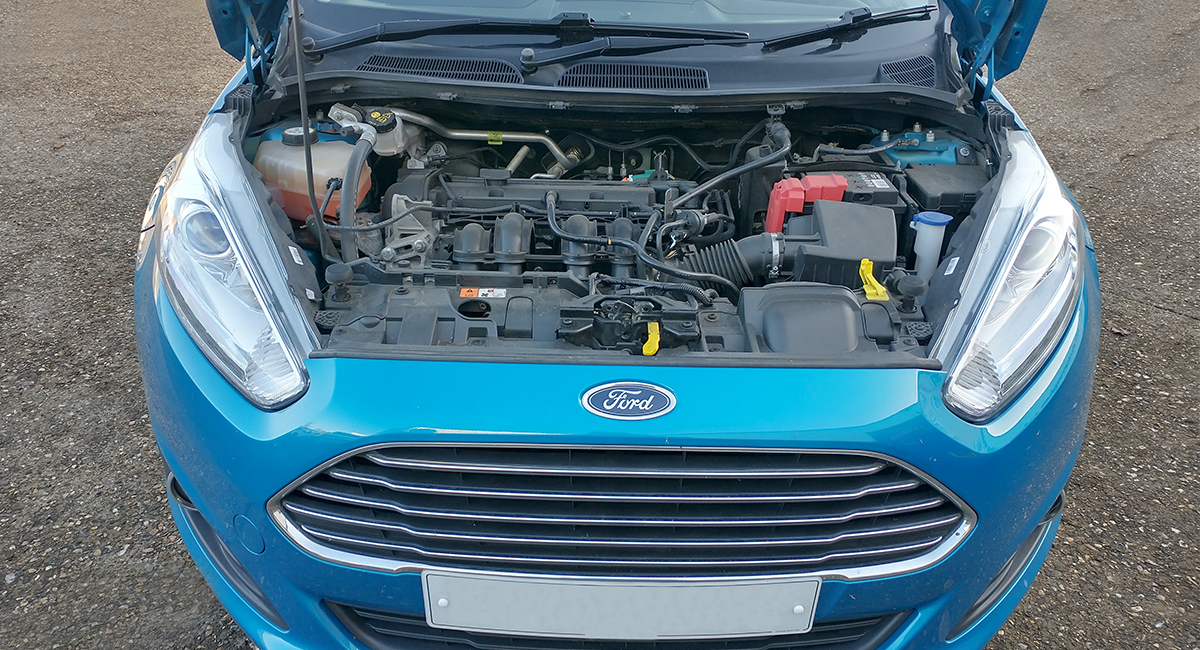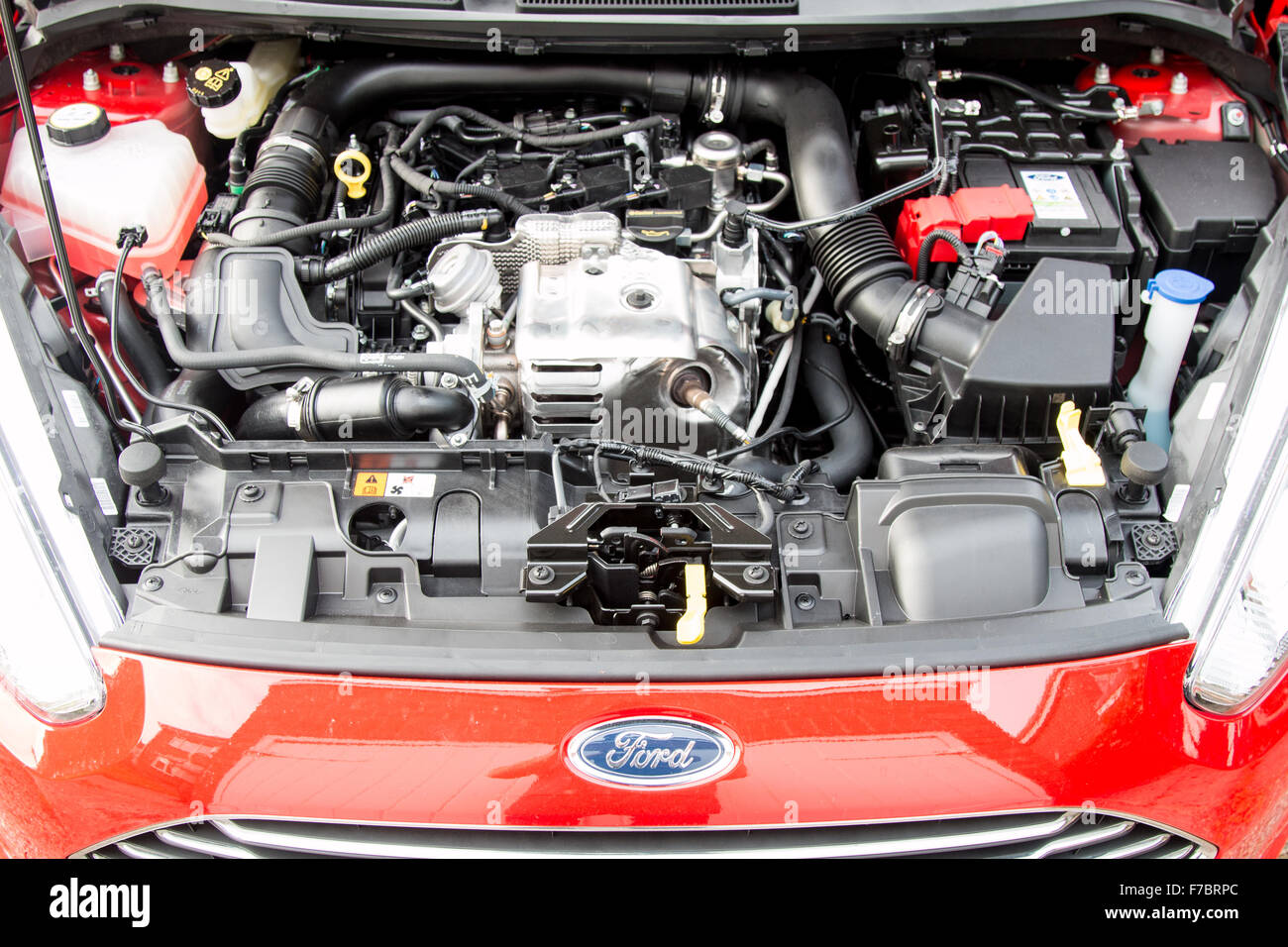Opening the Power of Engines: A Comprehensive Guide to Efficiency and Performance
Comprehending the detailed mechanics of engines is critical for both efficiency enthusiasts and daily motorists. The solutions might redefine our technique to engine efficiency and effectiveness in methods that are both enlightening and vital.
Comprehending Engine Fundamentals
What comprises the basic technicians of an engine? At its core, an engine is an equipment made to transform gas right into mechanical power via a collection of regulated surges or burning processes.
The crankshaft then transforms this linear activity right into rotational power, which inevitably powers the vehicle. The camshaft regulates the opening and closing of the valves, managing the intake of air and gas and the expulsion of exhaust gases. Furthermore, the engine counts on a thoroughly adjusted fuel-air blend, ignition system, and cooling system to make certain optimal efficiency and efficiency.
Recognizing engine fundamentals also entails recognizing the value of engine cycles, such as the four-stroke cycle, which consists of intake, power, compression, and exhaust strokes. Each stage is critical in making sure the engine functions smoothly and successfully. Mastery of these essential technicians prepares for discovering much more intricate engine dynamics and performance metrics, crucial for enhancing both power result and efficiency.
Trick Performance Metrics
Secret efficiency metrics are important for reviewing an engine's performance and power output, supplying beneficial insights for both producers and customers. These metrics serve as criteria for engine efficiency, permitting educated choices in design, manufacturing, and getting.
One of the main metrics is horse power, which quantifies the engine's capability to do work over time. Torque, determined in pound-feet, is an additional essential statistics that shows the engine's rotational pressure, straight influencing velocity and towing capacity. Fuel performance, typically measured in miles per gallon (MPG) or litres per 100 kilometers (L/100km), analyzes just how successfully the engine transforms fuel into activity, influencing functional expenses and ecological considerations.
Additionally, thermal efficiency measures just how well an engine transforms fuel energy right into beneficial work, revealing understandings into energy losses primarily via warm. Emission degrees, including CO2 and NOx, are additionally essential, showing the engine's environmental influence and conformity with regulatory criteria.

Tuning Techniques for Performance
Tuning strategies play a significant role in improving engine effectiveness by enhancing efficiency metrics determined in earlier conversations (ford fiesta engine). Different techniques exist to make improvements an engine, each adding to boosted gas economy and decreased emissions
One effective technique is adjusting the air-fuel ratio, guaranteeing the engine operates within the ideal combustion program. A leaner mix can enhance fuel efficiency, but it must be balanced to prevent misfires or engine knock. Additionally, reprogramming the engine management system can recalibrate criteria such as ignition timing, which better boosts effectiveness while keeping power outcome.
Another essential strategy includes customizing the intake and exhaust systems. Updating to high-performance air filters and exhaust headers can minimize back pressure, facilitating far better air flow. This allows the engine to take a breath even more freely, leading to boosted burning efficiency.
Furthermore, the execution of sophisticated tuning tools, like dyno screening, offers precise information that enables targeted changes. Regularly checking these performance metrics ensures that adjusting efforts generate the desired effectiveness outcomes. Jointly, these strategies not only bolster engine performance yet also add to long-term sustainability in engine procedures.
Maintenance for Ideal Performance
Routine engine upkeep is vital for achieving ideal efficiency and longevity. A well-kept engine not just operates effectively yet also lessens the risk of expensive fixings and Full Report breakdowns. Secret parts requiring regular interest consist of oil, filters, belts, and spark plugs.
Altering the engine oil at suggested periods is crucial, as oil lubes relocating components and avoids getting see too hot. Similarly, replacing oil and air filters makes certain that contaminants do not hinder engine feature. Overlooking these parts can result in decreased effectiveness and possible engine damages.
Additionally, evaluating and changing used belts and hoses is important to avoid abrupt failings. Timing belts, specifically, should be replaced according to the maker's timetable to stay clear of devastating engine damage.
Spark plugs should likewise be checked and replaced as necessary, since they play an important function in ignition and fuel efficiency.
Future Trends in Engine Technology
Welcoming advancements in technology, the future of engine layout is poised to change efficiency and efficiency throughout various applications. Crossbreed and completely electrical powertrains are ending up being increasingly conventional, using decreased exhausts and boosted fuel efficiency.
Moreover, advancements in materials science are bring about lighter, stronger parts that improve engine performance while reducing power usage. Advanced manufacturing techniques, such as 3D printing, permit the production of complicated geometries that boost air flow and thermal administration, thus maximizing burning procedures.
Additionally, the assimilation of expert system and artificial intelligence is established to transform engine diagnostics and efficiency tuning. These innovations can analyze substantial quantities of data in actual time, allowing anticipating maintenance and tailored efficiency improvements.
Conclusion
In verdict, opening the power of engines requires a thorough understanding of their technicians and efficiency metrics. Implementing efficient tuning techniques and adhering to routine maintenance methods dramatically enhance engine capabilities.
Furthermore, the engine relies on a this link carefully adjusted fuel-air blend, ignition system, and cooling system to make certain ideal performance and performance.
Comprehending engine essentials likewise involves identifying the importance of engine cycles, such as the four-stroke cycle, which consists of intake, exhaust, compression, and power strokes. Proficiency of these fundamental technicians lays the groundwork for checking out more intricate engine dynamics and efficiency metrics, vital for maximizing both power outcome and efficiency.

Embracing developments in innovation, the future of engine style is poised to transform performance and efficiency across numerous applications.